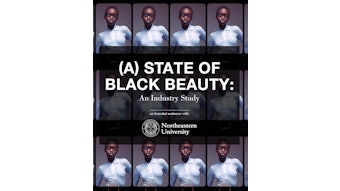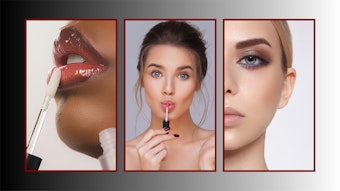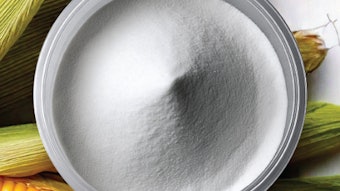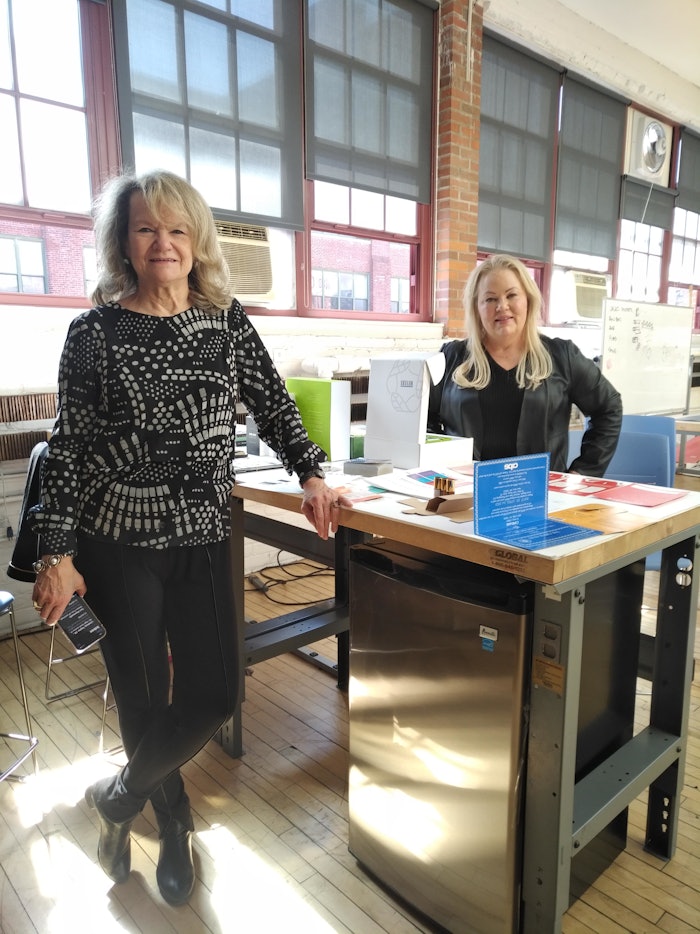
I recently facilitated an event for my students at Pratt Institute's MS Packaging, Identities, and Systems Design program titled “The Art and Science of Sustainable Beauty Packaging: Lessons from Industry Experts.”
On March 21, 2023, guest speakers Vicky Neilson, brand innovation, Kirk’s Family of Natural Brands/South of France Body Care, and Laura Carey, VP of business development at Meyer's Printing, shared their expertise on sustainable beauty packaging with my students.
These industry experts shared their knowledge and experiences in sustainable beauty packaging, providing students with a comprehensive perspective.
This report and summary delve into the key takeaways from their presentation, offering valuable lessons for those working in the beauty packaging industry.
Sustainability in Packaging Design
Sustainability is a critical aspect of packaging design in today's beauty industry. Designers must consider materials, production processes, transportation and recycling when developing a product. Embracing eco-friendly practices, such as using recycled materials, PCR resin and FSC-certified paperboard, is essential to address consumer concerns and meet regulatory requirements. Brands must stay informed about the latest sustainable materials and technologies to ensure their packaging designs have minimal environmental impact without compromising aesthetics or functionality.
Balancing Creativity, Practicality, and Sustainability
Creating visually appealing and functional packaging while maintaining sustainability is a challenging task. Packaging designers must think critically and develop innovative solutions that elevate aesthetics and prioritize sustainability and functionality.
Regulatory Compliance and Industry Standards
Neilson emphasized the importance of understanding and adhering to various regulations, certifications and industry standards for a successful product launch in the beauty industry. Depending on the target market, packaging designs must comply with FDA regulations, state-specific requirements, such as California's Proposition 65 and global standards. Designers must know these regulations and collaborate closely with manufacturers to ensure all packaging components are compliant. Ensuring the legibility of claims, certifications, and warnings on the packaging is also vital to avoid legal issues and maintain consumer trust.
Color Consistency and Printing Technology
Achieving color consistency in beauty packaging is a complex process that requires attention to detail and technical knowledge. Designers must understand the nuances of Pantone colors, CMYK printing and various materials to ensure the desired colors are accurately reproduced. Carey highlighted the importance of working closely with printers and understanding their equipment capabilities for optimizing color consistency, especially when using recycled materials or uncoated surfaces. She emphasized the importance of multiple drawdowns, color measurements and constant communication with printers to ensure the final packaging meets the brand's visual expectations.
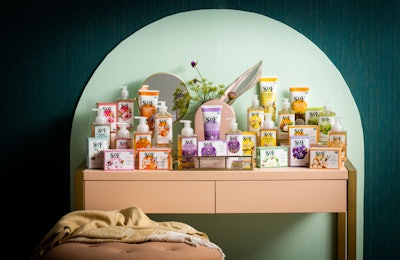 SoF, part of Kirk's Family of Natural Brands, uses FSC cartons and labels, BPA free bottles and PCR tubes.
SoF, part of Kirk's Family of Natural Brands, uses FSC cartons and labels, BPA free bottles and PCR tubes.
Collaboration and Communication in the Design Process
Successful packaging design relies on effective collaboration and communication among team members, suppliers, and manufacturers. Involving others in decision-making and seeking feedback can lead to innovative solutions and prevent costly errors. Open communication between designers, printers and material suppliers is essential to address challenges such as color consistency, material limitations and machinery tolerances. Building solid relationships with industry partners can lead to more efficient processes and better outcomes in the final packaging design.
Continuous Learning and Adaptation
The beauty packaging landscape constantly evolves, driven by new materials, technologies and consumer preferences. To stay ahead in this competitive industry, designers must embrace lifelong learning and adapt to emerging trends.
Positioning and Shelf Presence
Maximizing visibility and shelf presence is a critical aspect of successful beauty packaging. Designers must consider retail requirements, shelf space considerations and store layouts when developing packaging to ensure their products stand out in a crowded market. Visiting stores and researching competitor packaging can provide valuable inspiration and help designers create packaging that captures consumer attention.
Embracing Emerging Technologies and Consumer Trends
To stay competitive and innovative, designers must embrace emerging technologies and stay attuned to consumer trends. By incorporating advancements in digital printing, sustainable materials and smart packaging solutions, designers can deliver packaging that meets the evolving demands of modern consumers, which includes offering personalized experiences, engaging consumers through interactive elements like QR codes and utilizing eco-friendly materials that align with consumers' values.
Inclusive and Accessible Design
Inclusivity and accessibility should be considered in every aspect of beauty packaging design. Industry experts encourage designers to create user-friendly, easy-to-open, visually appealing packaging for various consumers. By adopting inclusive design principles, beauty packaging can be functional and aesthetically pleasing, ensuring a positive experience for all consumers.
Global Market Considerations
As the beauty industry expands globally, designers must be prepared to cater to diverse markets and cultural preferences. This involves understanding international regulations, regional aesthetics and the unique needs of various consumer groups. Industry experts encourage designers to develop adaptable packaging solutions that can be easily customized to suit different markets while maintaining brand consistency. By considering global market dynamics and cultural nuances, designers can create packaging that resonates with consumers worldwide.
Final Thoughts
The insights shared by industry experts with the MS Pratt Packaging students have highlighted the multifaceted nature of beauty packaging design, emphasizing the importance of sustainability, innovation and adaptability.
In conclusion, the key to success in the beauty packaging industry lies in balancing sustainability, creativity and practicality; understanding regulatory requirements; fostering effective collaboration; and staying attuned to the latest trends and technologies. By applying the lessons from industry experts, designers and brands can contribute to a more sustainable and innovative future for beauty packaging.
 Jeannie Joshi.
Jeannie Joshi.
Jeannie Joshi, a recognized specialist in brand strategy and creative director and design educator, recently facilitated a guest speaker session at Pratt Institute. Fulfilling her role as a visiting faculty for the MS Packaging, Identities, and Systems Design program, she leveraged this opportunity to stress the crucial role of prototyping and production within sustainable packaging design and processes. Joshi also leads her private creative practice after a successful tenure at Joshi Design, where she delivers tailored design solutions while investigating cutting-edge technologies such as VR and AR. Joshi speaks on AI at academic and research forums.


